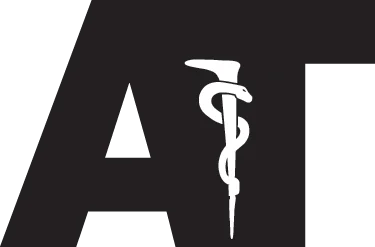Warwick Public Schools Concussion Policy
The purpose of this policy is to require a standard of care regarding hits to the head for Warwick Public Schools that are consistent with state regulation R.I. Gen. Laws § 16-91-3 and accepted medical practice. All Athletics Staff, parents, and student athletes are required to take annual concussion training in addition to fully understanding this policy. Student-Athletes are also expected to report all past concussions prior to the start of each season in order to alert healthcare professionals of those at an increased risk of injury.
Concussion Symptoms Reported
Can’t recall events prior to or after a hit or fall.
Appears dazed or stunned.
Forgets an instruction, is confused about an assignment or position, or is unsure of the game, score, or opponent.
Moves clumsily.
Answers questions slowly.
Loses consciousness (even briefly).
Shows mood, behavior, or personality changes.
Concussion Signs Observed
Headache or “pressure” in head.
Nausea or vomiting.
Balance problems or dizziness, or double or blurry vision.
Bothered by light or noise.
Feeling sluggish, hazy, foggy, or groggy.
Confusion, or concentration or memory problems.
Just not “feeling right,” or “feeling down”.
https://www.cdc.gov/headsup/basics/concussion_symptoms.html
If a student-athlete sustains a head injury during the school day, the nurse should notify the athletic trainer via email or phone when it occurs. If the athletic trainer is in the building, the student athlete can report to the athletic training room for a concussion evaluation. If the athletic trainer is not available for an evaluation, the nurse will email the athletic trainer and notify the parents of the student-athlete and direct them to the doctor or athletic trainer for further evaluation. An accident report should be filled out and a copy should be in the nurses and athletic trainers possession.
When an athlete is hit in the head or a suspected head injury/concussion has occurred after school, coaches should notify the Certified Athletic Trainer (ATC) immediately. Because concussion symptoms are often unique and can have a prolonged onset, return to play decisions should be left to the ATC in all cases. If the sports team is at a home or away contest or there is no ATC available, then the athlete should remain out of participation until they can be evaluated by a medical professional. If signs and symptoms progress or worsen over time then EAP should be activated, call 911 and parents/guardians immediately. The student-athlete should be continuously monitored by a member of the staff.
The ATC will conduct an evaluation for suspected head injury using Standard Assessment of Concussion Test 6 (SCAT6) in conjunction with other concussion assessment tools. If the ATC determines there is evidence of concussion then the student-athlete will be referred to a physician for concussion management. It is important to notify parents or guardians of any concerns as soon as possible to ensure they follow through with monitoring the student-athlete after a blow to the head. The school nurse should be notified as well to make the necessary academic accommodations including PE participation.
Once the student-athlete has been symptom free, fully participating in academics without restriction, and IMPACT testing is back to baseline results, the ATC will begin the Concussion Return to Play protocol. All students must obtain a medical clearance note from a physician and complete the 5 day return to play protocol with the Athletic Trainer before returning to full practice. After the return to play protocol is complete, the Athletic Trainer will fill out the RIIL Return to Play Guidelines form. Athletics Staff should notify the ATC immediately if signs or symptoms reoccur after the student-athlete has been cleared.
Below is the RIIL Concussion Form. This form needs to be given to the Athletic Trainer after your child is symptom-free from their concussion and has seen their doctor for return to play clearance.




